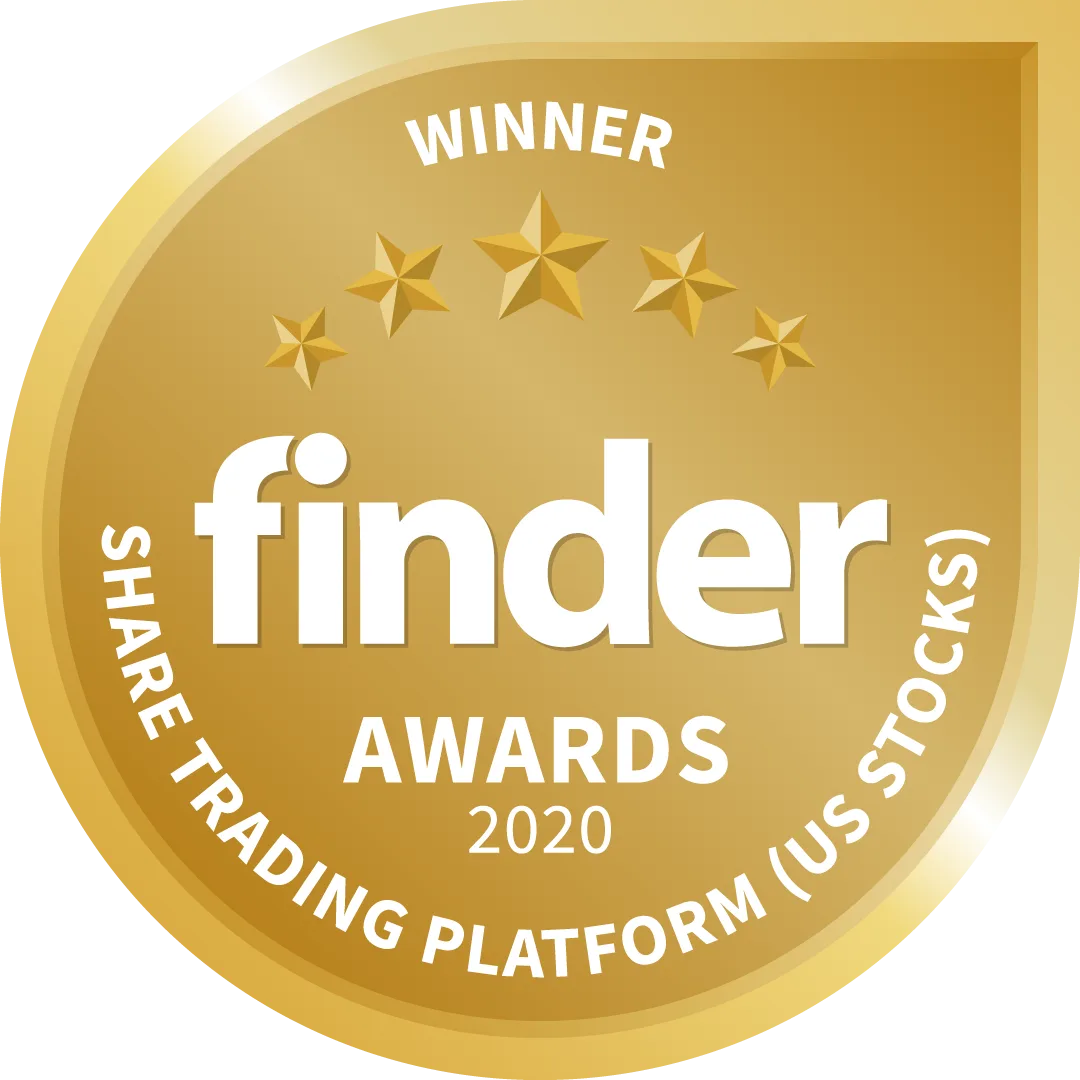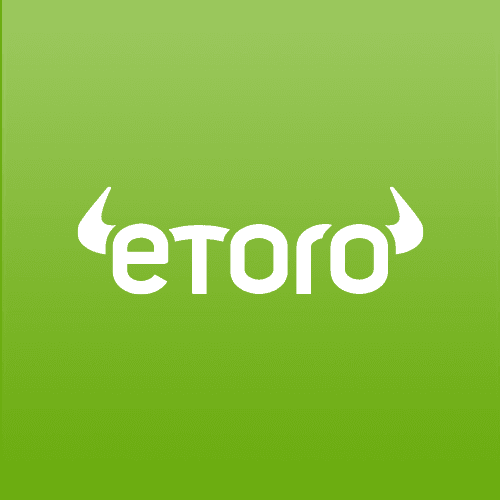Here are 6 ways to invest $1,000 in 2020

Should you buy shares, top up your super or keep your money in a bank account?

 Sponsored by eToro Service (ARSN 637 489 466), promoted by eToro AUS Capital Pty Ltd (AFSL 491139). Your capital is at risk. Other fees apply. Invest in stocks with 0% commission, discover ETFs, buy and sell cryptocurrencies and trade CFDs on the world's leading social trading platform. Find out more.
Sponsored by eToro Service (ARSN 637 489 466), promoted by eToro AUS Capital Pty Ltd (AFSL 491139). Your capital is at risk. Other fees apply. Invest in stocks with 0% commission, discover ETFs, buy and sell cryptocurrencies and trade CFDs on the world's leading social trading platform. Find out more.The $1,000 mark is a milestone among investors. If you've saved up one grand, congratulations – this is the perfect time to start building your wealth.
Broadly speaking, $1,000 is seen as the minimum amount you need to start earning a decent profit from the stock market without your returns getting eroded by broker fees.
Let's say you invested $100 in Facebook shares with a brokerage fee of $20. You'd need its share price to increase by at least 20% to cover the fees and start making a profit. But if you'd invested $1,000, you'd only need its share price to rise by 2%! And, of course, there's every possibility that prices won't go up at all.
However, these days, there are plenty of options alongside share trading if you want to invest smaller amounts. Here are 6 different ways you can put that $1,000 to good use in 2020.
Buy shares
The share market is one of the best places to invest your money over the long term. When you buy shares, you're buying a small portion of a company. If that company's successful, you can expect to see the value of your shares increase over time.
In Australia, there's a minimum $500 investment requirement for any new Australian company you buy shares in. This means, including brokerage fees, your $1,000 is enough to invest in one Aussie company.
Your other option is to invest in US stocks, which don't have the same restrictions. For example, eToro’s trading platform allows you to invest as little as $50 into US stocks without any broker fees. This means you could essentially build up a mini stock portfolio by investing in a dozen or so companies with your $1,000.
The key is to work out what account and transaction fees you're being charged by your broker or trading platform. Remember, the less you have to invest, the more likely fees will eat into your returns (if you make any).
Invest in ETFs
Why invest in one company when you can invest in a whole bundle of them? If you'd prefer to start by investing in a portfolio of companies from the get-go, check out exchange traded funds (ETFs).
ETFs are investment funds that are listed on a stock exchange. This means that you can buy and sell ETF units the same way that you do shares – through a broker or online trading platform.
When you invest in an ETF, you're investing in hundreds or even thousands of company shares with one transaction. Most ETFs are a diversified mix of major companies from various sectors. This makes them a great choice for an investment of $1,000 because it's less risky than buying individual shares.
Robo-advice and micro-investment apps
Contrary to popular belief, robo-advisors aren't actually computers making a bunch of investment decisions for you. In most cases, robo-advice platforms have teams of financial experts that curate portfolios of shares or ETFs – usually from low-risk (conservative) to higher risk (aggressive).
These are offered to the masses through mobile or desktop applications. You either select which portfolio you want to invest in or the fund managers may select the portfolio for you based on your goals.
Most robo-advisors have a minimum initial investment of at least $2,000; however, there are micro-investment apps that allow you to start with as little as a few dollars at a time. You can check out our robo-advice comparison, which also features micro-investment apps, here for more details.
High-interest savings account
Do you think you'll need that money in a few months or even a year? If so, the stock market might not be the best choice for your cash. Because the stock market can rise and fall throughout the year, it's much safer as a long-term investment.
Your safer choice is to deposit your money into a high-interest savings account. A high-interest savings account offers a small but guaranteed return on your money. With the current cash rate so low, you can't expect to get more than 2-3% interest on your savings per year.
The main benefit – aside from knowing you won't lose money – is that you can withdraw your money at any time. This makes them a good choice for anyone needing a bit of flexibility.

Snowflake shares fly at IPO – is it a good investment?
SPONSORED: Warren Buffet is a supporter, but is it too late to get on board?
Read more…Top up your super
You might not know it yet, but you're probably already invested in the stock market through your superannuation.
Most super funds hold portfolios of stocks, ETFs, bonds and cash. While you can invest in these things yourself, the big benefit of going through your super is the tax benefits.
When you deposit money into your super fund, you can claim it as a tax deduction and lower your taxable income when lodging your tax return. You can also ask your employer to make the contributions for you – this is called salary sacrificing.
Although your super is locked away until you retire, the benefit of salary sacrificing is the deposited funds are only taxed at a rate of 15% rather than your usual marginal tax rate. And, if you earn less than $37,697, you could be eligible to receive government co-contributions of up to $500.
Buy gold
Gold has traditionally been a safe bet for money during periods of crisis, so it's no wonder gold prices have been through the roof in 2020.
The benefit of investing in gold is that you're buying something tangible that you can hold in your hand or even gift to someone else. It also tends to be a more stable investment because it doesn't experience the same volatility as stocks.
To invest in gold, you typically buy gold bars. With $1,000, you could buy multiple 1g or 5g gold bars or a single 10g gold bar. You can find out more about gold investing in our guide.
Buy shares with eToro
Compare other share trading platforms here
More headlines
- Finder Daily Deals: The 7 best deals in Australia today
- Big Short’s Michael Burry warns of the biggest market bubble in history
- In 9 years I’ve never paid credit card interest – here’s how
- 5 cheapest places to visit when Australia’s international borders reopen
- Picnic essentials for double-vaccinated families

